Life is Strange: Double Exposure Review | We’re Hella Back
Let's thrash, SHAKA BRAH!

Life is Strange: Double Exposure continues the story of Max Caulfield, the original protagonist from Life is Strange by DON’T NOD. Having only played the original and Before the Storm, this is essentially the sequel I’ve been waiting for since 2017. I started this five-chapter journey with an open mind and enjoyed my preview earlier this month. But how does the rest of the game hold up? Does it still pack the emotional punch and human-centered storytelling we’ve come to expect, or did Deck Nine bite off more than they could chew by bringing back a beloved character? Here are my thoughts on Life is Strange: Double Exposure.
Max, Moses, and Safi
If you’ve been waiting for another adventure with Max Caulfield as the protagonist, you’ll be glad to know that she is indeed the same Max we all fell in love with back in 2015. Still voiced by Hannah Telle, Max is as relatable as ever, making the same awkward mistakes as before, but kind at heart, always putting the needs of others before her. She’s grown a lot, too, and can finally serve as an anchor for people in her life while standing up for what she believes in at the same time.


That doesn’t mean she isn’t vulnerable to heartbreak, but it’s obvious she has more respect for herself as well. If nothing else, Deck Nine has a tremendous amount of respect for Max, which shows throughout all five episodes. The writing for Max feels convincing and honest, allowing Max to take control of her life, whether it’s by having more confidence in her career or the way she converses with her friends and aids them in their time of need.


Speaking of her friends, Deck Nine introduced Safi and Moses as Max’s new posse, who for the most part are quite believable as well. Moses in particular is the friend we all need in life, and I liked how much screen time he’s given to process his grief after Safi dies. Most of the new cast is well-written for the most part and grew on me as I progressed through the story.
Life is Strange, Man
The main hook of Double Exposure is the existence of two parallel timelines separated by a key event: Safi’s death. Max is the only one who can travel between these timelines, and she takes it upon herself to investigate her death and, with that, all the dark secrets at Caledon University that are carefully obscured behind its pristine reputation.
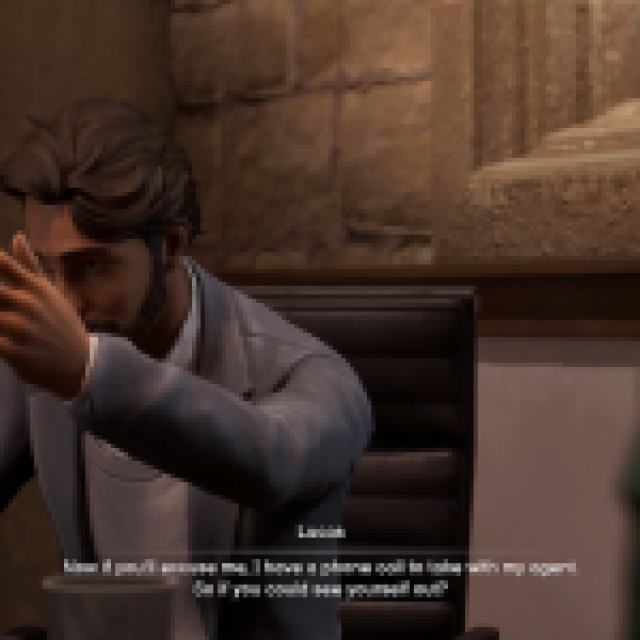

While I think that the character work in Double Exposure largely works, there are moments where I felt that the writing couldn’t support what the characters are going for. One minute, a character will be perfectly fine sharing their deepest secrets with you but snap back at you for the most benign question.
It’s difficult to master, but there are more than a few instances where I didn’t feel like the dialogue played out as it naturally should. One instance like that is when Max is confronted by a detective who is investigating the case. For no apparent reason, he goes into a tirade of blaming her for things he possibly couldn’t know, at least not the same way we, as the players, do.
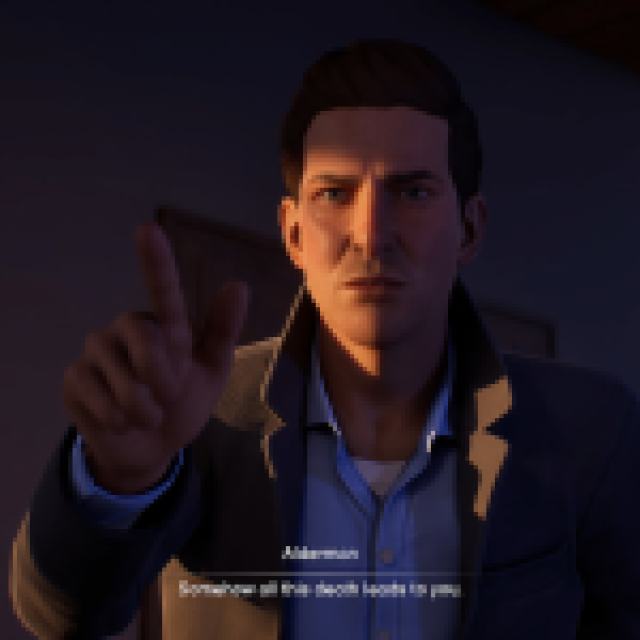
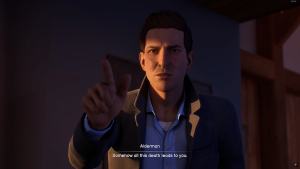
Similarly, many major decisions lack the weight the in-game prompts suggest. While this isn’t new to the series, other games in this format have handled it more effectively. These choices often feel like standard dialogue interactions rather than pivotal moments, leaving me underwhelmed in key scenes.
That doesn’t mean there aren’t higher points throughout the narrative, but I much prefer the quiet and human parts of Double Exposure to the attempts at capitalizing on the superpowers aspect for future releases. Overall, the mystery is fun to explore, and it’s hard not to be charmed by Max and her willingness to go the extra mile to save her friends.
Double Exposure
The gameplay is pretty standard, and Max will spend most of her time sneaking into places, reading documents she’s not supposed to be reading, and overhearing conversations she’s not supposed to hear. She’s a ninja in training, and that’s how she’ll continue finding more clues to understand what’s going on at Caledon.
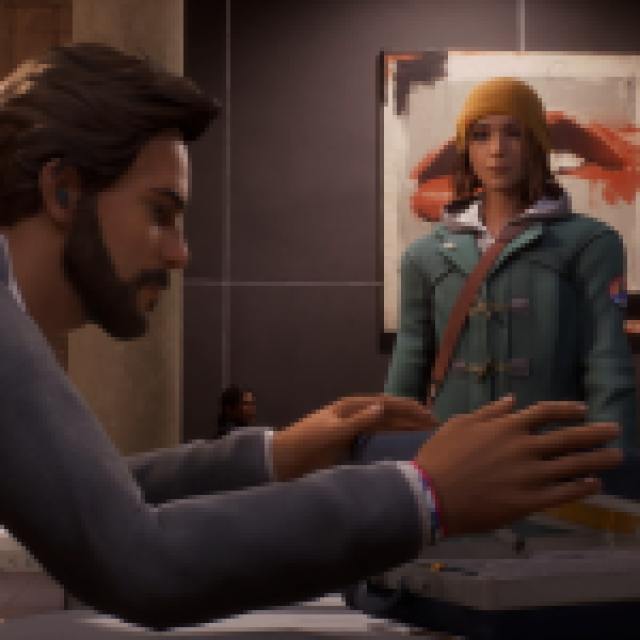

This also means that Max will often jump between timelines, which I thought was executed well. Sometimes, you’ll need an item from the “living” timeline or have to converse with the other version of a person in the “dead” timeline. This can be fun, and I like how seamless it all feels, if not a bit buggy at times. There was more than one instance where the characters were t-posing in one timeline.
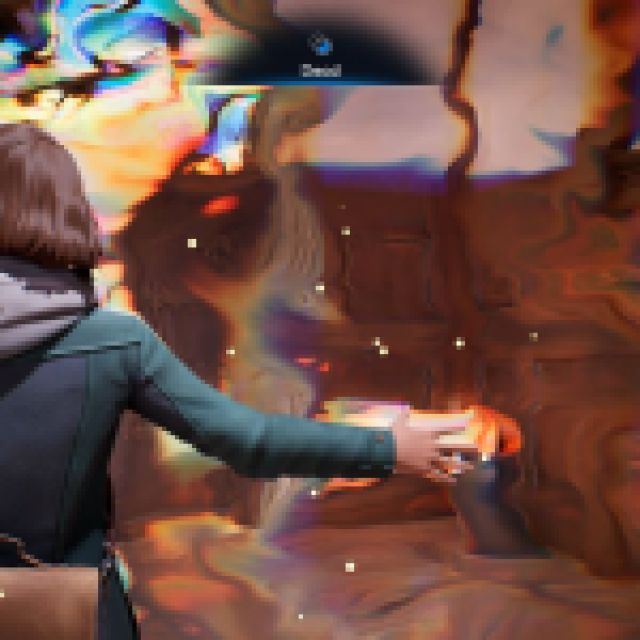

Visually, Life is Strange: Double Exposure is a big step up from their previous major release. The character rendering, facial animations, and environmental detail are excellent. It’s a stunning game, but it does come at a cost. Even on my 4070 Super paired with a Ryzen 7 5700X3D, my framerate dipped to the 50s while playing at 1440p. This game could really benefit from DLSS because the 1080p image is a bit soft for my taste.
Life is Strange: Double Exposure is an engaging new adventure in the series, and it’s a pleasure to see Max return to the forefront. There are plenty of good ideas here, especially with the dual-timeline narrative, but some of the writing and character work feel uneven in quality. The game is at its strongest when it focuses on the human side of things instead of the time-bending sci-fi plot, which takes up a bit too much time, especially in the later chapters. It’s a great-looking title with some impressive character rendering, but it can be a bit buggy at times, too. Overall, it’s a solid continuation of the original release, even if it lacks the same emotional punch and memorable choices.

Life is Strange: Double Exposure
Another solid entry in the series, Life is Strange: Double Exposure brings back a fan-favorite for a time-bending adventure that mostly delivers on the human side of things, too. It’s a welcome addition and a great excuse to play as Max again!
Pros
- Max Caulfield is still a very relatable character, and fun to follow
- Excellent visuals, and character rendering
- Side characters are given plenty of time to develop, and process the events of the narrative
Cons
- Uneven writing can make some interactions feel unnatural
- Most major choices don't feel consequential
- Focus on the "super power" side can be a bit much at times
A copy of this game was provided by the publisher for review. Reviewed on PC
